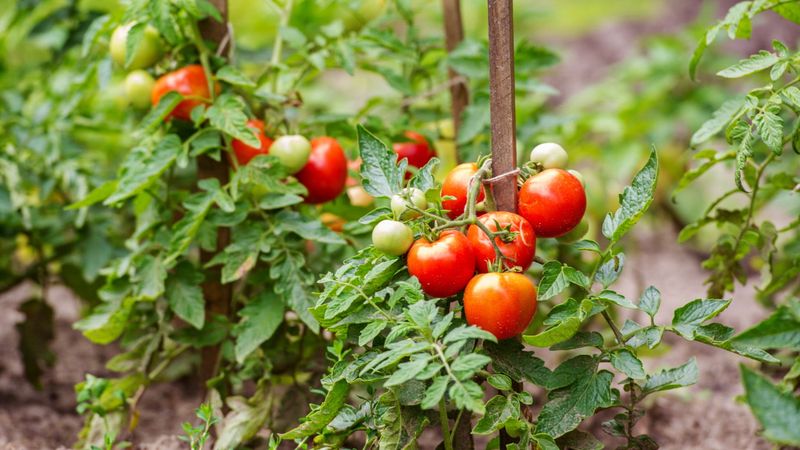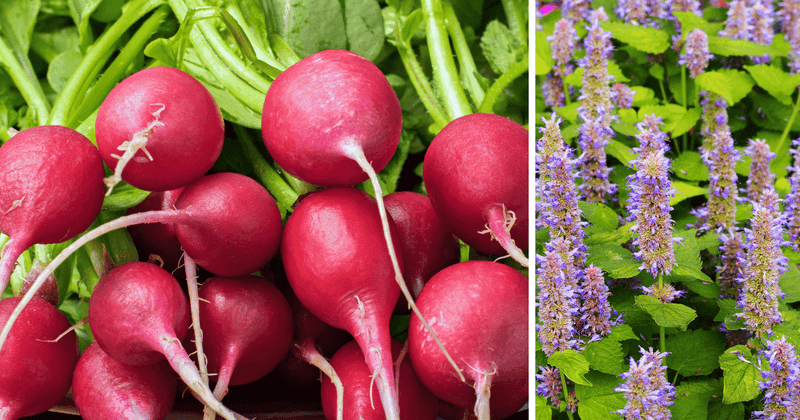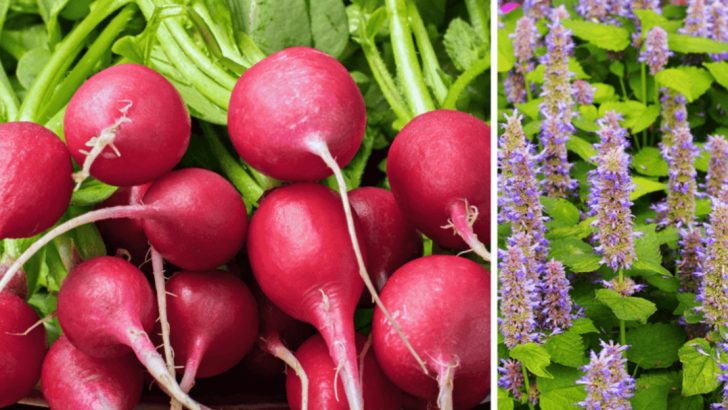Some vegetables just can’t stand each other. You’d think your garden is a place of peace, but no—below the soil line, it’s all silent sabotage. Roots fighting. Leaves throwing shade (literally). Your harvest suffers, and you’re left wondering what went wrong. Turns out, not all veggies are meant to be neighbors. Some compete for nutrients. Others attract the wrong crowd—pests, disease, drama. And a few just straight-up block each other from thriving. But don’t worry—we’ve mapped the troublemakers. Ditch the bad combinations, and your plants will finally get along like the leafy little diplomats they were born to be. Your garden deserves a break from the bickering. Let’s restore harmony, one breakup at a time.
Tomatoes and Cucumbers

Tomatoes, with their juicy, sun-ripened allure, often clash when paired with cucumbers. Though both thrive under warm sun, they have conflicting water needs. Tomatoes prefer a steady moisture level, while cucumbers crave more water. This mismatch can lead to soggy cucumbers or thirsty tomatoes.
Additionally, sharing space may increase the risk of disease, as both are susceptible to similar pests and fungal infections. Imagine a garden teeming with potential, only to be dashed by wilting vines and yellowing leaves. Keep them apart to allow each to flourish in their own right, ensuring a fruitful harvest.
Carrots and Dill

Carrots, with their tender roots hidden beneath the soil, face a relentless adversary in dill. Though dill’s feathery leaves sway gently in the breeze, its roots compete fiercely with carrots for nutrients. This rivalry can lead to stunted carrot growth, leaving gardeners disappointed.
Moreover, dill’s allelopathic properties may hinder carrot seed germination. Picture a row of carrots, struggling to emerge amidst a forest of dill. To ensure each plant thrives, give them separate plots. This allows carrots to grow in peace, producing vibrant, crunchy roots without competition.
Onions and Peas

Onions, with their pungent aroma and bold flavor, do not make agreeable companions for peas. Their strong scent can inhibit pea plant growth, leaving them weak and underdeveloped. Onions also compete for vital nutrients, depriving peas of necessary resources.
Visualize a garden intended to flourish with both onions and peas, yet revealing drooping vines and lackluster bulbs. Separating them is crucial to allow each to reach its potential. By planting them apart, you ensure that peas can climb and onions can grow robustly, both free from the shadow of competition.
Radishes and Hyssop

Radishes, quick to mature and with a spicy crunch, find a challenging competitor in hyssop. Hyssop, with its aromatic, spiky flowers, can overpower radishes by competing for sunlight and nutrients.
This pairing can result in underdeveloped radishes, lacking their usual zest and vigor. Envision a garden where radishes should be the star, yet hyssop steals the spotlight, leaving radishes in its shadow. Growing them separately encourages radishes to thrive, producing vibrant, flavorful roots. This separation ensures that both plants can contribute uniquely to the garden without hindering each other’s growth.
Beans and Garlic

Beans, known for their nitrogen-fixing abilities, clash with garlic’s intense underground presence. Garlic, with its robust flavor, releases compounds that can stunt bean growth and reduce yield.
Imagine a garden where beans should climb high and lush but are instead held back by garlic’s influence. The potential for a bumper crop is compromised, as beans fail to reach their full height. By planting them separately, you ensure that beans can flourish and garlic can develop its distinctive pungency without competition, making both a triumph in the garden.

